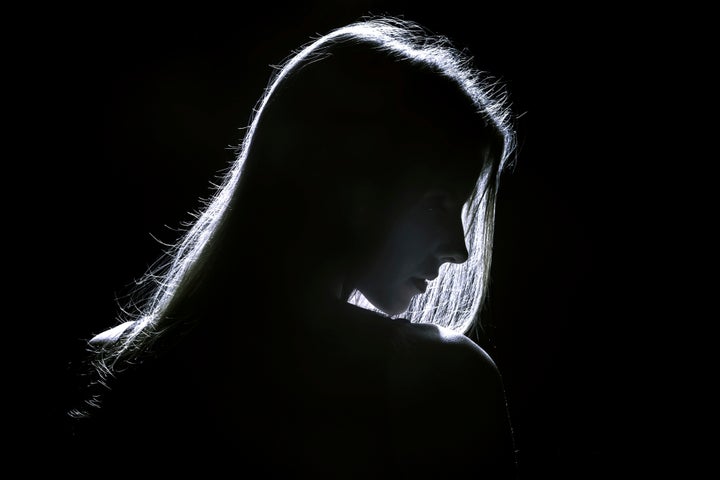
We know that women outnumber men significantly when it comes to mental illness diagnosis -- they're twice as likely to be found to have depression and anxiety disorders -- but the reasons why are less clear.
New research from the University of Montreal, published in the journal Psychoneuroendocrinology, points towards greater emotional reactivity in women as one possible explanation for gender differences in mental illness.
For the study, blood samples were taken from 46 healthy participants, 25 women and 21 men, to measure their hormone levels. The participants were also asked to say how feminine or masculine they think they are. Then they looked at a series of images and said whether they evoked positive, negative or neutral emotions, all while the researchers scanned their brains.
The researchers found that the women expressed stronger emotional feelings towards the negative images they were shown (as sampled below) than the men did, a difference apparently rooted in brain function, hormones and social norms.
Story continues below images.



In both the men and women, two different brain areas were activated when they viewed the negative images: The dorsomedial prefrontal cortex, which is involved in reasoning and action, and the amygdala, which is involved in threat perception and fear processing.
In women, there was a relatively weak connection between the two brain regions. In men, the connection was stronger.
"A stronger connection between these areas in men suggests they have a more analytical than emotional approach when dealing with negative emotions," Dr. Stéphane Potvin, a professor of psychiatry and one of the study's authors, said in a written statement.
The strong connection may also be due to testosterone activity in the male brain. Higher levels of testosterone were linked with decreased sensitivity to the images.
"This suggests that men are more in an active mode when experiencing negative emotions, whereas women have a more purely affective brain response," Potvin said.
But these differences aren't just the result of biological factors. Self-reported levels of femininity or masculinity also played a role in the connection between the two brain areas, suggesting that gendered cultural norms can affect emotional responses.
Higher levels of "feminine traits" in both women and men were linked to a greater emotional reactivity to the negative images.
While the findings don't necessarily tell the full story of why more women than men are diagnosed with mental illness, Potvin noted that they offer "important clues that will need to be tested in individuals who are at risk of suffering from anxiety or mood disorders."
